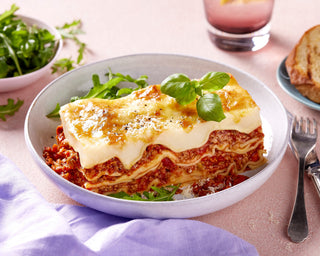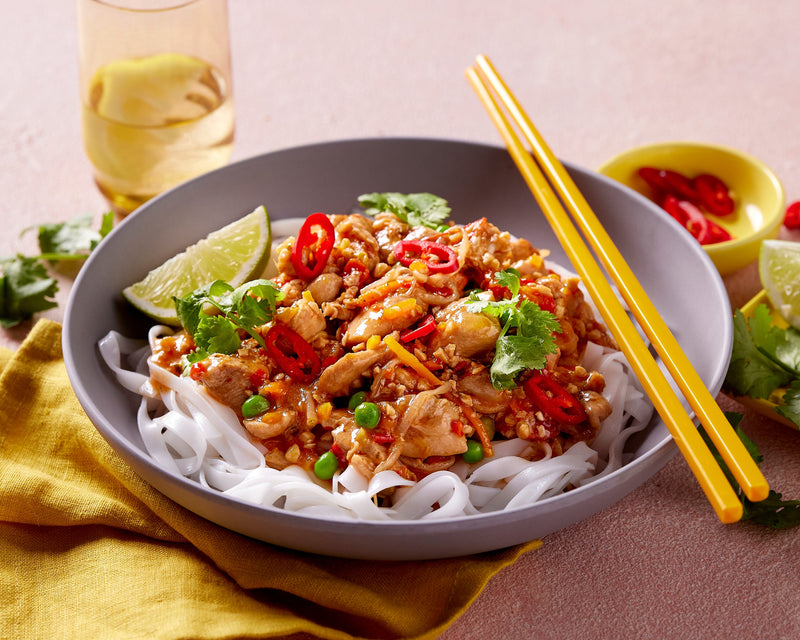
There’s a million varieties out there when it comes to shopping for bread. Don’t get me wrong, we love that we have plenty of choices, especially with the boom in recent years of gluten-free varieties for our coeliac brothers and sisters out there. But when you’re in a rush, it can get quite overwhelming trying to pick the ‘best’ or ‘healthiest’ option with the different types to choose from. If you’re a bit baffled about which type is best, read on to find out just what they really are and what the nutritional similarities and differences are between this pantry staple.
BREAD, GLORIOUS BREAD.
For some (including moi), bread is life. It’s a staple that provides a good source of carbohydrate, is low in fat and can be a source of protein, fibre and other nutrients. Not only that but it’s readily available and generally affordable (depending on which you choose). However, a quick glance down the bakery aisle and you’ll be faced with wholemeal, multigrain, white, white with added minerals, high fibre white, mixed grain, rye, light rye, sour dough, the list goes on and on and on. So, which is best?
Wholegrain breads are usually wholemeal flour with the whole unmilled grains mixed in for added nutritional value and texture. For the most part however, when you see ‘wholegrain’ it refers to the ‘whole entire grain’. Meaning it includes the bran (outer layer), endosperm (starchy middle layer) and germ (the nutritious inner part). This can be entirely intact, dehulled, cracked or flaked and still be considered wholegrain so long as the right ratios of each layer are all included.

With all the nutrients in each layer there, wholegrains set the mark for the most beneficial. It contains 26 nutrients with fibre, vitamins and minerals topping the list and playing an important role in protecting against cardiovascular disease, diabetes and weight gain. Keep in mind that manufacturers can claim ‘wholegrain’ as an ingredient if they contain ≥8g of whole grain, but to make sure you’re getting the best of the best look for a ‘very high in wholegrain’ claim for at least 24g of wholegrain in the serve.
Often confused for wholegrain (above), wholemeal usually refers to milled or ground whole grains, making it a subtype of wholegrain breads. The key difference is that due to the processing, it wholemeal bread tends to have the bran and germ (the nutrients-packed bits) removed. This marginally lowers the nutritional value compared to wholegrains, but it still contains more fibre than other varieties of bread.
Sounds healthy but it can be deceiving – multigrain breads are often made from white flour with grains added. Not all grains that are added are the same though, some use refined grains with the wheat and germ removed lowering the nutritional value whilst others do use whole entire grains. Best to check the labels or ask your bakery though as it largely depends on the product.
A heavier darker bread variety, Rye is usually made from rye flour and refined flours. Some varieties have added grains in them for an additional fibre source, but wholegrain rye is best compared to light rye as it is lower GI and has a higher vitamin content. Be careful of the salt content in rye varieties however as some can contain an average of 468mg per 100g which can be too much for those at risk of hypertension.
These breads are made from a grain that’s not wheat and does not contain gluten. Examples include buckwheat, modified tapioca starch and rice flour, sorghum and potato starch. These tend to have a lower fibre content and higher GI so unless you are gluten intolerant it’s best opt for another variety. If you do need to avoid gluten, newer brands are now including added seeds for extra nutritional value, and we love that there are so many more brilliant GF options on the market compared to a few years ago.
Ah, the kid favourite and probably the most popular too. Unless you opt for those with added fibre, white breads are usually lower in fibre and do not provide the same amount of sustained energy you’d get with the other varieties. This is quite simply because white bread has the bran and germ layer removed lowering the nutrients available. There is also common belief that there is added sugar to white bread but good news for us folks in Australia as the small amounts of sugar found in bread are naturally occurring.
THE VERDICT
We recommend going for something that is wholegrain as they tend to be the most nutritious choice. Pick up the loaf and look for the words ‘wholegrain, whole wheat, whole (other grain) as either the first or second ingredient. If that’s not an option look for something that has at least 4g of fibre per serve, so it’s considered a good source of fibre.
Data Source:
Data based on AUSNUT 2011-13 Food Nutrient Database
Glycaemic Index Score based on the University of Sydney Glycaemic Index Database. Glycaemic Index ranks carbohydrate foods according to how they affect blood glucose levels after ingestion. Low GI (< 55) is slowly absorbed and produce small spikes in blood glucose and insulin. High GI foods (>70) are rapidly absorbed and give a large spike in blood glucose and insulin.
*GI indicates wholemeal rye bread
















